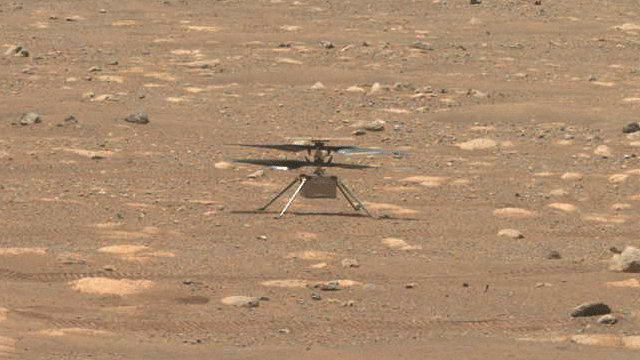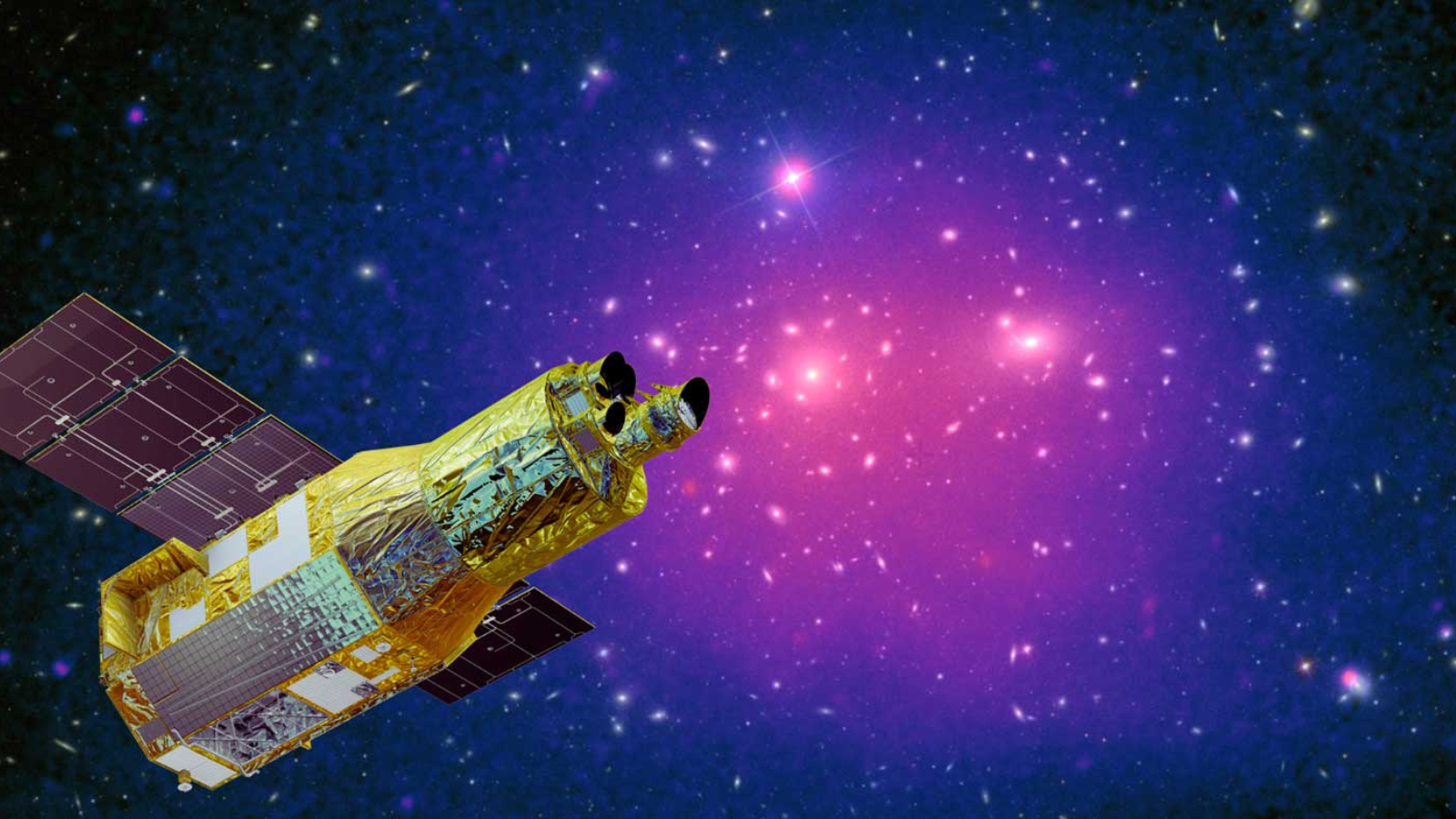The Mars helicopter Ingenuity is about to make history in the skies of another world
"It feels important," NASA's Thomas Zurbuchen says.
Update for 3 p.m. ET: NASA has delayed the first flight of the Ingenuity helicopter on Mars until no earlier than Wednesday (April 14) after a final preflight test ended early.
NASA is about to make history on the Red Planet with the first controlled, powered flight on another world.
This Sunday (April 11), NASA's Mars Helicopter Ingenuity is expected to make its first-ever flight on Mars, a historic liftoff for the 4-pound (1.8 kilograms) craft. This flight will come 118 years after the Wright Brothers made their first successful powered flight on Earth and 60 years after the first human spaceflight, which was made by cosmonaut Yuri Gagarin April 12, 1961.
"It feels important," Thomas Zurbuchen, NASA's associate administrator for the science mission directorate, told Space.com in an interview ahead of the flight.
"I'm sure that the Wright brothers that day, if you did an interview there and said, 'Hey, could you imagine somebody flying on a plane from DC to LA,' they would have said, 'You're kidding me!" Zurbuchen, who had just flown from Washington, D.C. to Los Angeles, said.
Related: How to watch the Mars helicopter Ingenuity's first flight online
Join our forums here to discuss the Perseverance rover on Mars. What do you hope finds?
"I feel the same way here, he added. "Technology demonstrations are about, if you want, opening a door to an entirely different toolset. And for me, that's what's so exciting about this. We have not yet imagined all the uses of this new technology that we're demonstrating."
He added that "technology demonstrations are really important. You may have noticed that in the science mission directorate, we actually have made a deliberate focus on new technologies, but into new technology demonstrations into space, because I just think we cannot pretend that we have all the tools in the box that we need," for future exploration.
Breaking space news, the latest updates on rocket launches, skywatching events and more!
Ingenuity is considered a "technology demonstration," because its planned flights on Mars are designed simply to show that this technology works. While the helicopter does have an onboard camera to take images throughout its mission, that is its only onboard feature not directly related to it flying.
Ingenuity's first flight comes thanks to an incredible effort from the team behind the helicopter, Zurbuchen said. "I spent a lot of time together with the team trying to figure out how we [can] get it there safely," he said, adding that they had to figure out how to get the craft to Mars without jeopardizing the primary mission of its parent craft — Perseverance rover that landed Feb. 18 — and its sample collection.
Helicopter on Mars! NASA teaches kids about Ingenuity's upcoming 1st flight
The team also has to figure out how to get the craft to fly autonomously.
"The speed of light is just too slow for us to actually control it [in real-time]," Zurbuchen said. Additionally, the Ingenuity team had to figure out how to have a helicopter fly on Mars in a challenging environment with an extremely thin atmosphere. Mars' atmosphere is "only 1 percent of the overall air density [compared to Earth], it has wind 10 to 20 miles per hour and its in a rocky terrain," Zurbuchen said.
It is clear that flying a helicopter on another planet is no easy feat and that this is an exciting moment for spaceflight and technological history. But why? What are the possible applications for such a piece of technology?
Related: How NASA's Mars helicopter Ingenuity can fly on the Red Planet
One major way that scientists hope to use craft like Ingenuity in the future is to explore, as a small helicopter can "go to many places that we can't go to with rovers," Zurbuchen said, elaborating to mention that Mars has some interesting crater walls and other destinations that would be fascinating to study up-close and but that rovers aren't capable of exploring.
Zurbuchen added that future Mars helicopters could be a vital asset to both robotic exploration and human exploration on the Red Planet.
It could be "a supporting element of both robotic and human exploration," he said. "kind of a scout that flies … you know many of the firefighters that we see often have robots that go ahead and make sure that the path is clear."
However, as he mentioned before, there are also many applications for this technology that haven't yet been developed or perhaps even considered. "We actually want the ingenuity of innovators and scientists coming next and saying, 'now that that works, (assuming it works), so what can we do?' And I think the best ideas are yet to come."
Email Chelsea Gohd at cgohd@space.com or follow her on Twitter @chelsea_gohd. Follow us on Twitter @Spacedotcom and on Facebook.

Chelsea “Foxanne” Gohd joined Space.com in 2018 and is now a Senior Writer, writing about everything from climate change to planetary science and human spaceflight in both articles and on-camera in videos. With a degree in Public Health and biological sciences, Chelsea has written and worked for institutions including the American Museum of Natural History, Scientific American, Discover Magazine Blog, Astronomy Magazine and Live Science. When not writing, editing or filming something space-y, Chelsea "Foxanne" Gohd is writing music and performing as Foxanne, even launching a song to space in 2021 with Inspiration4. You can follow her on Twitter @chelsea_gohd and @foxannemusic.

